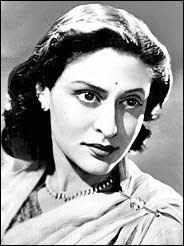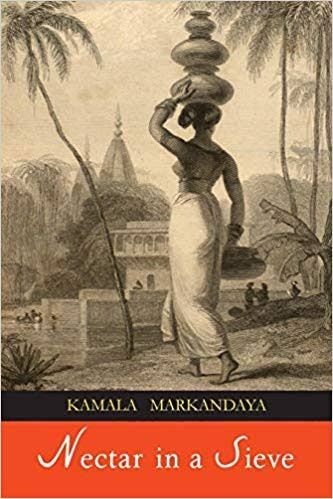Nectar In A Sieve - A Review
Jul 18, 2019 • 40 views
In our series of works by Indian women novelists, the next book we will be reviewing is ‘Nectar in a Sieve’ by ‘ Kamala Markandaya’.

Kamala Markandaya was a surname used by Kamala purniyataylor, who was an Indian novelist and a journalist. She was a diaspora writer and she moved to Britain soon after India got independence. Markendaya in her writings concentrated on the cultural gap between he Indian rural and the urban societies.She skilfully brings out the chaos generated when these two sections comes into contact which actually are poles apart.
Nectar in a sieve was published in the year 1954. The setting is that of India which was moving from being a rural economy to an urban one. The plot revolves around Nathan, a tenant farmer and Rukmani, the youngest daughter of the village headman. Rukmani has been chosen by the Markandaya as the narrator of the novel. Rukmani and Nathan's first child was a girl and the parents were clearly disappointed at the birth of a girl child hence making a twenty first century reader surprised. Though Rukmani is always kept at the periphery and ignored by her family, the author deliberately tells the story from Rukmani's lenses. She is the narrator as well as the moral centre of the novel. Nathan though not an abusive husband is an insensitive one. He does not take Rukmani seriously enough to pay heed to her suggestions. Nathan is also guilty of infidelity when he establishes illlegitimate relations with Kunti, a neighbor.

Kamala Markanadaya through her novel " Nectar in a Sieve" brings out a plethora of issues existent in the newly independent Indian, and not unknown even now. Dealing extensively, with the evils of dowry system, child marriage and extreme poverty, patriarchy and prostitution. The shattered India of that time and the struggles of the peasants have been successfully portrayed through the daily struggles of Nathan and Rukmani.
